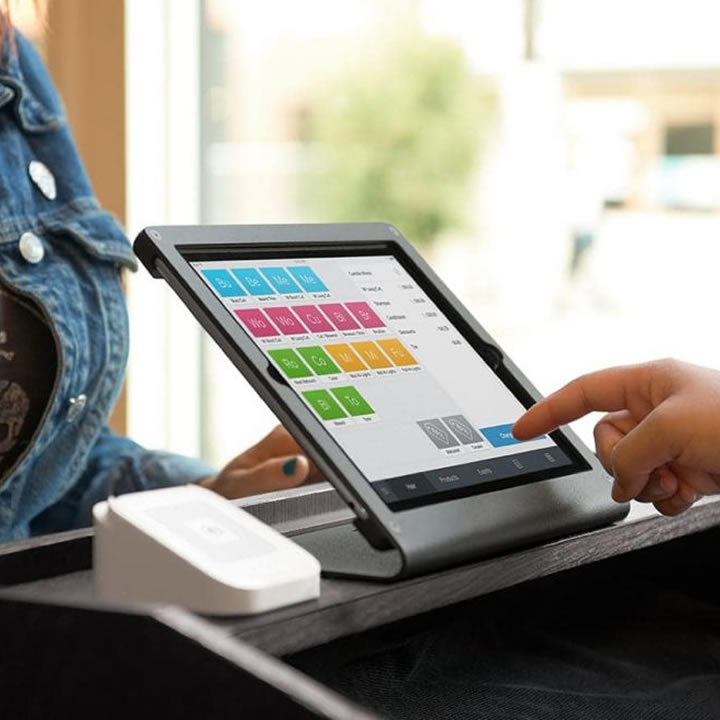The POS market in Australia is a serious growth sector, with a predicted CAGR growth of more than 10 percent between 2020 and 2024. Restaurants are clamoring to find a range of POS systems use in Sydney that will help their establishments to operate more efficiently and effectively than ever.
With so many choices on the market, how do restaurants typically make their choice? How do they land on the ideal POS system for their particular eatery? Below are some of the most important factors that they consider.
Ease of Use
First and foremost, your POS system needs to be easy to use. It might take some time to train the key people at the point of installation, but if it’s easy enough to use, those first trained individuals should be able to communicate that information to others, including new staff arrivals.
If it’s too complex, then it becomes burdensome to train others to use it.
Easy to use also means that it’s hard for anyone to make a mistake with it. Minimal button pushing to achieve desired functionality is a good way to achieve this. Simple press and confirm commands to get big jobs done quickly is the ideal balance.
Scope for Customisation
How easy is it for you or your POS provider to tailor this system to suit your individual establishment? This means adding functions and/or taking away useless functionality that clutters up screen space.
Can it also showcase your branding and colors when it’s presented as an ordering tool for customers?
Boiler-plate, vanilla generic designs are not desirable for any restaurant that wants to get the most out of their POS system. The more generic it is, the less it can really do for you.
At-Table Ordering and Processing
Whether it’s a server operating the touchscreen order system via a handheld remote device, or the patrons ordering directly from a tablet system, your POS should be able to take and process orders instantly and on the spot.
Orders should go straight from the device to the central register and through to the kitchen for immediate processing.
The system should be reliable enough that servers or customers can simply click and forget, safe in the knowledge that the kitchen has received the order and the food is now on its way.
Breadth of Features
High-quality POS systems do a lot more than help customers order their food.
They also offer further functions that help the restaurant in its operation, such as tracking payments, inventory management, monitoring employee hours, and can even make predictions about your future sales and staffing needs based on the historic information that it accumulates.
Furthermore, they can be used to manage customer loyalty programs, instantly communicating with customers via email or SMS text when rewards are available or when you’re having special offers or sales events.
Payment and Data Security
The POS system will handle a lot of sensitive information, including payment methods and details, restaurant, and employee information, members of your loyalty programs, and more.
Restaurants place a lot of stock in their ability to protect data, so they want POS providers that can ensure protection against malware and security breaches.
Levels of encryption need to be sophisticated, and the software regularly (and easily) updated to accommodate protections against the latest threats.
Training and Continued Support
Finally, restaurants will also consider the level of training offered by the provider when the system is first installed, and the amount of ongoing support that is on offer after that. A POS provider that installs, trains, and then forgets is not a good provider that restaurants want.
Accessible customer support 24/7 is essential, as is the opportunity to have representatives of the provider come to the restaurant to provide more detailed and comprehensive system training to key stakeholders.

